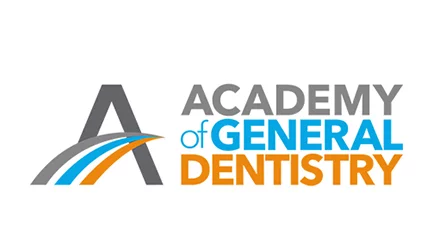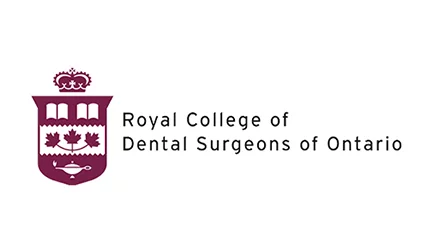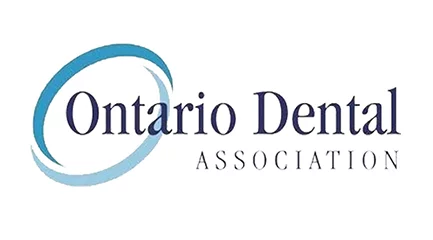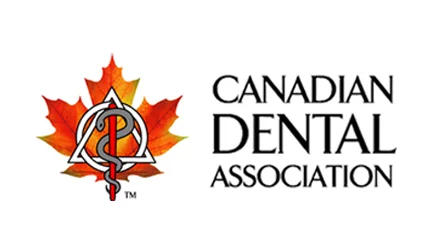Dentistry for children is crucial for maintaining health overall. That is why children must know how vital lifelong dental health is. By early exposure to the dentist and the dental environment, children will acquire the knowledge and abilities they require to maintain healthy gums and teeth through the years.
They also get prompt interventions and preventative treatment for problems that could otherwise get out of hand. The short version is that pediatric dentistry provides many benefits that you might not have considered at first.
WHAT IS THE CAUSE OF TOOTH DECAY IN CHILDREN?
Dental decay occurs due to the presence of bacteria and other factors. It can happen when foods that contain carbs (sugars as well as starches) are left on teeth. These include sugar, milk, soda, and sweets like raisins cakes, fruit juices, cake cereals, bread, and cereals.
The bacteria in the mouth alter the food items, creating acids. The mix of food, bacteria, saliva, and acid form an acidic substance that adheres to teeth. As time passes, the acids produced by bacteria eat away at the enamel of the teeth and cause cavities.
WHAT CHILDREN ARE MOST AT RISK OF GETTING TOOTH DECAY?
Every child has bacteria in their mouths. Therefore, every child is at risk of developing tooth decay. However, these factors can increase the risk of your child getting it:
- The bacteria have a high level which creates cavities.
- A diet that is high in starches and sugars
- The water supply has only a tiny amount of fluoride or none in it
- Poor oral hygiene
There is less saliva flow than usual.
WHAT ARE THE SIGNS OF TOOTH DECAY IN CHILDREN?
The following are the most common ways teeth can develop dental decay and cavities. However, the process of decay can differ for every child.
- White spots are evident on the teeth in the areas affected. These spots suggest that enamel is beginning to degrade. These spots could lead to early tooth sensitivity.
- A tooth with a cavity is visible in the teeth. It’s the appearance of a light brown.
- The cavity gets deeper. It changes to a darker shade of brown, then black.
- The signs of tooth decay and dental cavities differ between children. Holes don’t always cause symptoms. Children may not know they have a hole until their dentist discovers it. Your child could be feeling:
- The area that is affected by pain surrounding the tooth
- Food sensitivities to certain foods, including sweets and cold or hot drinks
HOW DO YOU DETECT TOOTH DECAY IN A CHILD?
The dentist of your child can typically determine tooth decay based on:
- A complete account of your child’s history
- Examine your child’s mouth
- Dental X-rays
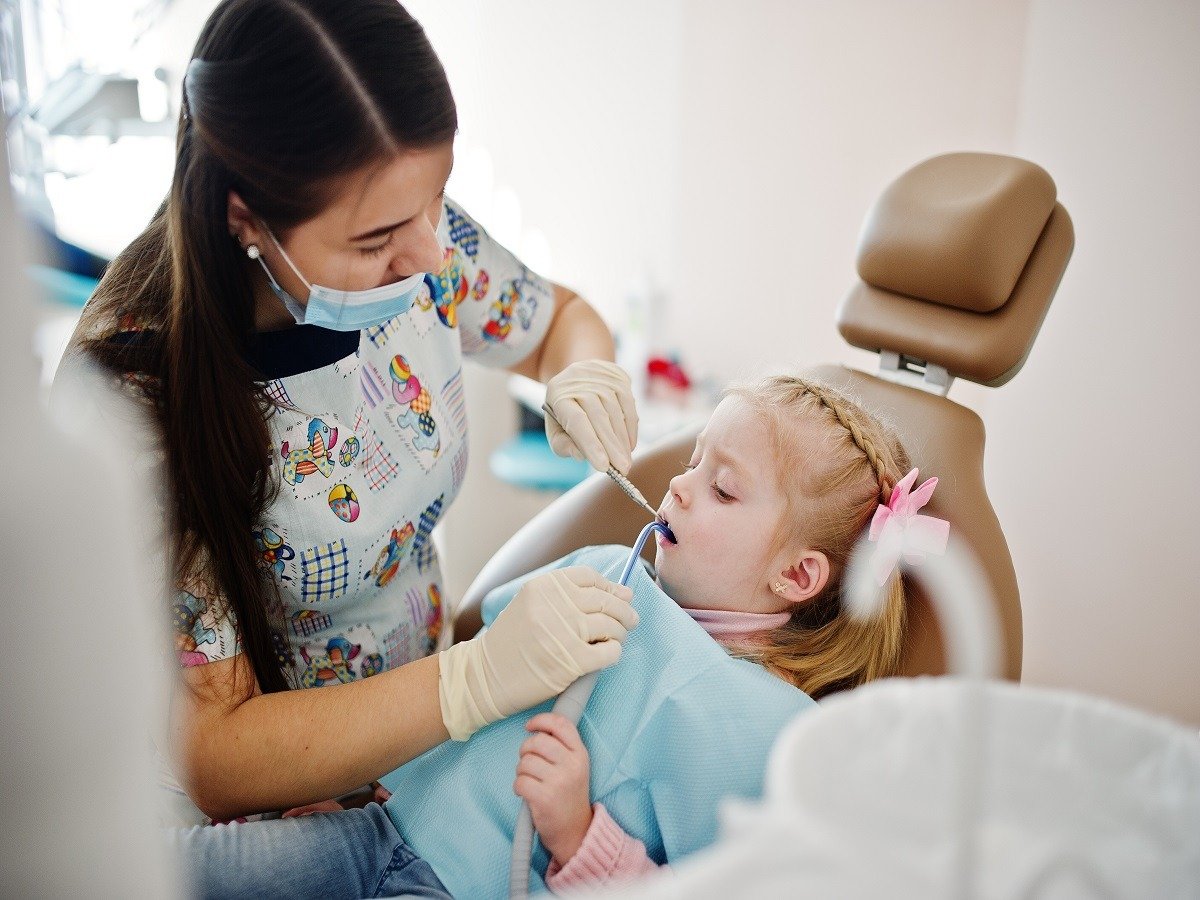
HOW DO YOU TREAT TOOTH DECAY FOR CHILDREN?
The treatment will be based on your child’s symptoms, age, and general health. It also depends on how severe the problem is.
Treatment is often necessary to remove the decayed portion of the tooth and replace it with the filling. Fillings are the materials put into teeth to repair the damage due to tooth decay. They can also be referred to as restorations.
There are various kinds of fillings:
Direct restorations: They require a single visit to insert the filling directly into a hole that has been prepared. The stuffing can be silver or fine glass powders, acrylic acids, or resin. They’re typically colored with teeth.
HOW CAN I PREVENT TOOTH DECAY FOR MY CHILD?
It is possible to avoid tooth decay for your child by following these easy steps:
- Start brushing your child’s dental teeth when the first tooth is visible. Brush your tongue, teeth, and gums at least twice each day with a fluoride-based toothpaste. Watch as your child brushes their teeth. Build a child-friendly environment.
- If your child is younger than three years, you should use just a tiny amount of toothpaste that is about the size of rice grains. From the age of 3, you can give your child a pea-sized amount.
- Make sure your child’s teeth are brushed every day after 2.
- Make sure your child has healthy, balanced meals. Avoid foods containing sticky substances and high in sugars, like cookies, candy, chips, and cakes.
- Stop the transfer of bacteria between your mouth and the child’s mouth by not sharing meals, dishes, or other utensils.
- Plan routine dental examinations and cleanings for your child at least every six months.
IMPORTANT POINTS REGARDING DENTAL DECAY AMONG CHILDREN
- Tooth decay refers to the breakdown of the tooth’s enamel. It can cause holes in teeth, which are referred to as cavities.
- Dental decay can be caused by the presence of bacteria within the mouth. The bacteria produce plaque, a sticky substance that can cause damage to the enamel of a tooth.
- Unhygienic oral hygiene could increase the risk of tooth decay.
- A dentist can detect tooth decay through an examination and X-rays.
- The treatment involves removing the decayed area of the tooth and replacing it with an amalgam filling.
THE ART OF BRUSHING AND FLOSSING TECHNIQUES
Parents can instruct their children how to brush and floss at home; visiting the dentist provides additional, specific instruction for your needs. Parents and children receive age-specific advice on selecting and using the best dental tools. Additionally, there are tools to show children areas that are not being cleaned to alter their care accordingly.
VERIFYING FOR NORMAL TOOTH DEVELOPMENT
Since the child’s first office visit, dentists will check there is a good chance that teeth are growing and erupting normally. If there are issues with development to correct, fixing them early will limit their effect on the health and appearance of your smile. Additionally, examining for symptoms of developing cavities can assist our dentists in identifying nutrition-related issues that could affect dental health and a child’s general health.
FINAL PARAGRAPH
If you have a child, be aware that dental care isn’t only for adults. It is essential to make regular appointments with your dentist to spot any issues before they become costly and painful for you and your child. One of the last things we want is for parents to keep their children from visiting the dentist due to their previous bad experiences!


